Anorexia nervosa is a psychiatric disorder characterized by distorted self-perception of body weight leading to starvation, obsession with remaining underweight, and an excessive fear of gaining weight. One in five patients with anorexia dies due to complications of the disease.
On this page:
Epidemiology
The lifetime prevalence of anorexia nervosa is 0.66-1.9% based on geographical location, with a higher prevalence in developed countries.
Females are ten times more likely to be diagnosed with anorexia nervosa compared to men.
The lifetime incidence of anorexia nervosa has increased from 0.1 to 5.4 per 100,000 over the last fifty years. In females aged 15-19 years, the incidence has increased from 56.4 to 109 per 100,000 person-years 1.
Clinical presentation
The Diagnostic and Statistical Manual of mental disorders (DSM-5) recognizes the following criteria for the diagnosis of anorexia nervosa
- a restriction of caloric intake
- low body weight relative to age, sex and health
- unjustified fear of weight gain
- body dysmorphia
Along with these, numerous signs may be observed and they include - but are not limited to - the following:
- lanugo hair and/or alopecia
- amenorrhea (from suppression of the gonadal axis)
- dental caries (from purging)
- orthostatic hypotension or tachycardia
- resting bradycardia
- halitosis
- lagophthalmos
- purpurae 2
Radiographic features
Central nervous system
Complications include global cerebral atrophy, subacute combined degeneration of the cord due to vitamin B12 deficiency, Wernicke encephalopathy due to thiamine (vitamin B1) deficiency and alterations in the 5-HT system (observed on fMRI). For more information on CNS complications, please refer to the article anorexia nervosa (CNS).
Cardiac
Left ventricular mass reduction (can be observed on plain radiograph with reduced cardiothoracic ratio), mitral valve prolapse, decreased exercise tolerance and cardiac failure (including Takotsubo cardiomyopathy) are recognized complications 3.
Gastrointestinal
Gastric dilatation (visible on plain radiographs), perforation, and necrosis are possible complications from repeated purging and/or gastric ulcers. Others include esophageal perforation due to purging, and liver failure due to autophagy. Patients may develop pancreatic pseudocysts and fibrotic pancreas. Superior mesenteric artery syndrome has been reported due to loss of the fat pad between the superior mesenteric artery and the duodenum. Patients may have constipation and abnormal colonic motility 4.
Musculoskeletal
Patients are more likely to be osteopenic due to low body mass, lack of vitamin D, calcium and estrogen. Patients tend to have a shorter stature and multiple vertebral and extraspinal fractures with minimal stress.
In mild anorexia nervosa, bone marrow fat content has been reported to be paradoxically higher than normal, likely due to an increase in bone marrow adipocyte size and number 5. However, in severe anorexia nervosa, fat content decreases due to gelatinous marrow transformation, giving a characteristic 'flip-flop' effect on MRI 6.
Respiratory
There are reports of patients having diaphragmatic dysfunction, aspiration pneumonia 10, early-onset emphysema (due to autophagy) and recurrent pulmonary infections (due to poor immune function) 7,8.
Less commonly seen but notable complications include spontaneous pneumothorax as well as spontaneous pneumomediastinum 10. There have been cases of spontaneous tension pneumoperitoneum and tension pneumothorax secondary to gastric rupture from self-induced vomiting 10.
Head and neck
Patients may develop enophthalmos due to loss of intraorbital fat 9. In the mouth, radiographic evidence of dental caries may be evident 8.
Treatment and prognosis
The treatment of anorexia nervosa is beyond the scope of this article. However, it must be highlighted that various forms of psychotherapy including cognitive behavioral therapy (CBT) and family-based treatment (FBT) are the mainstay of treatment. Medical management also includes refeeding and correction of micro and macronutrient deficiencies.
The prognosis depends on a number of factors. A good therapeutic relationship, an absence of other co-morbid conditions like personality disorders, the presence of a strong support system, use of olanzapine and early intervention are associated with good outcomes.


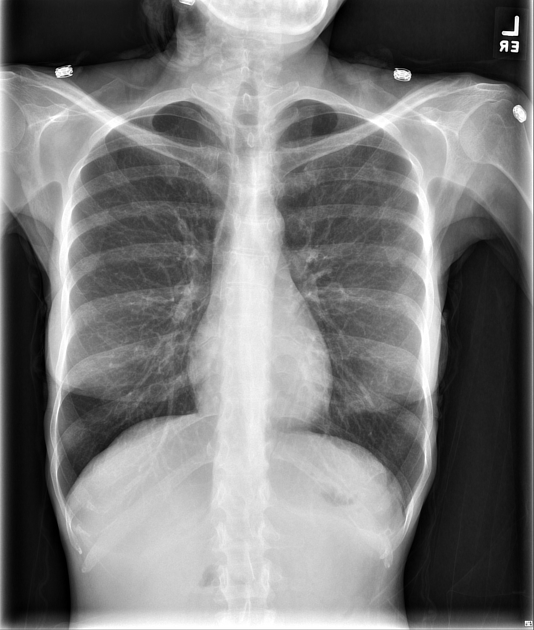
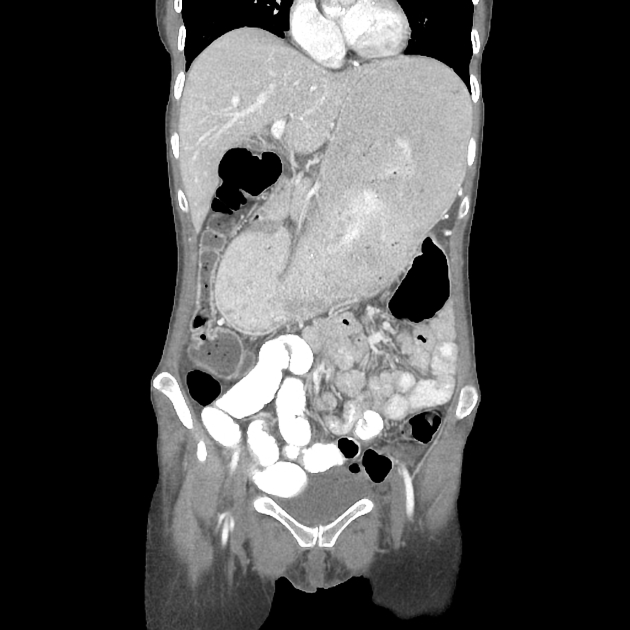
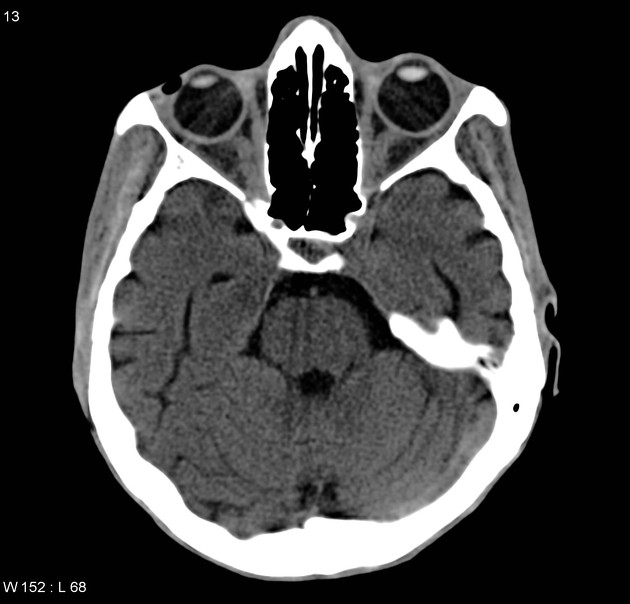
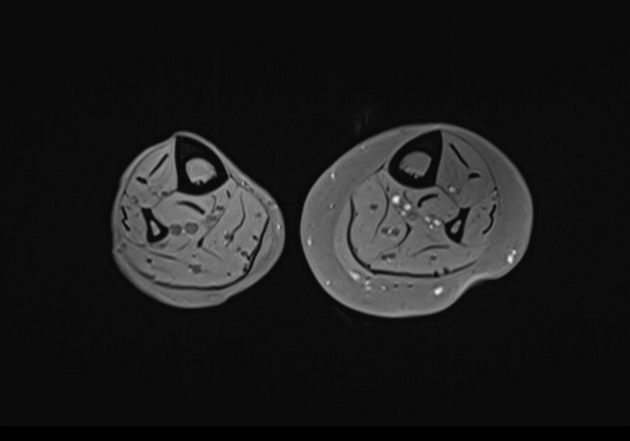
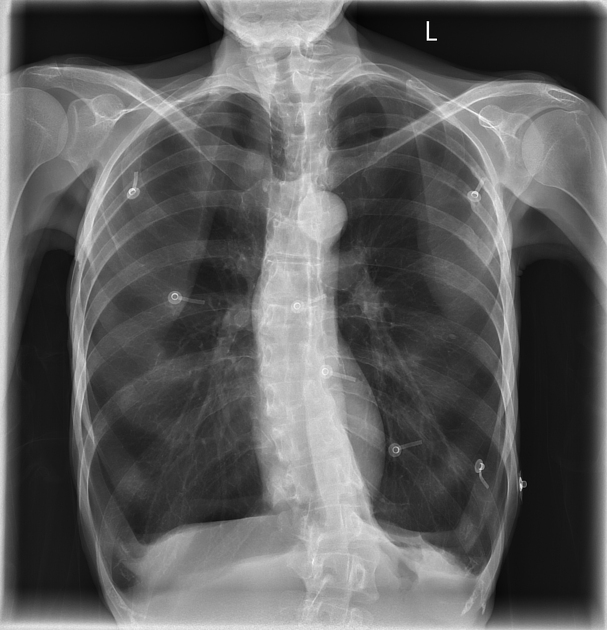


 Unable to process the form. Check for errors and try again.
Unable to process the form. Check for errors and try again.